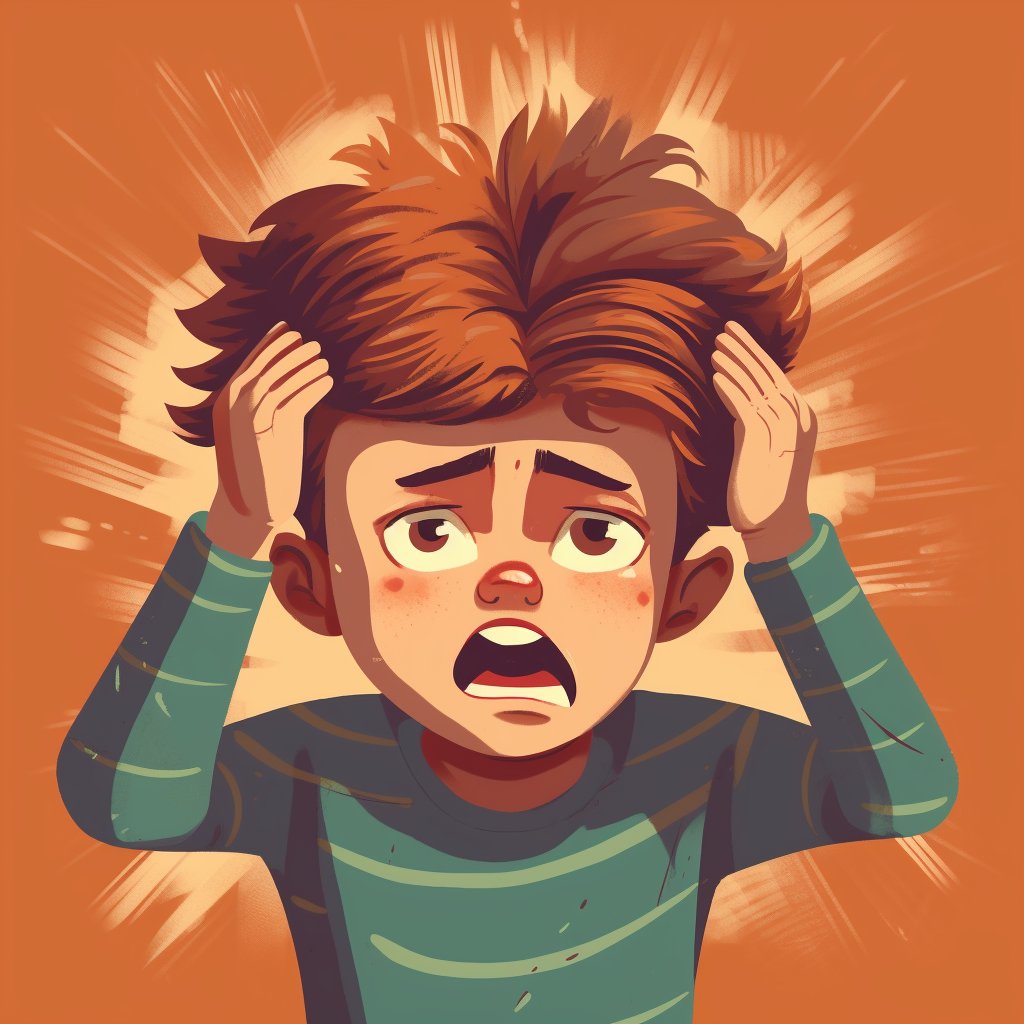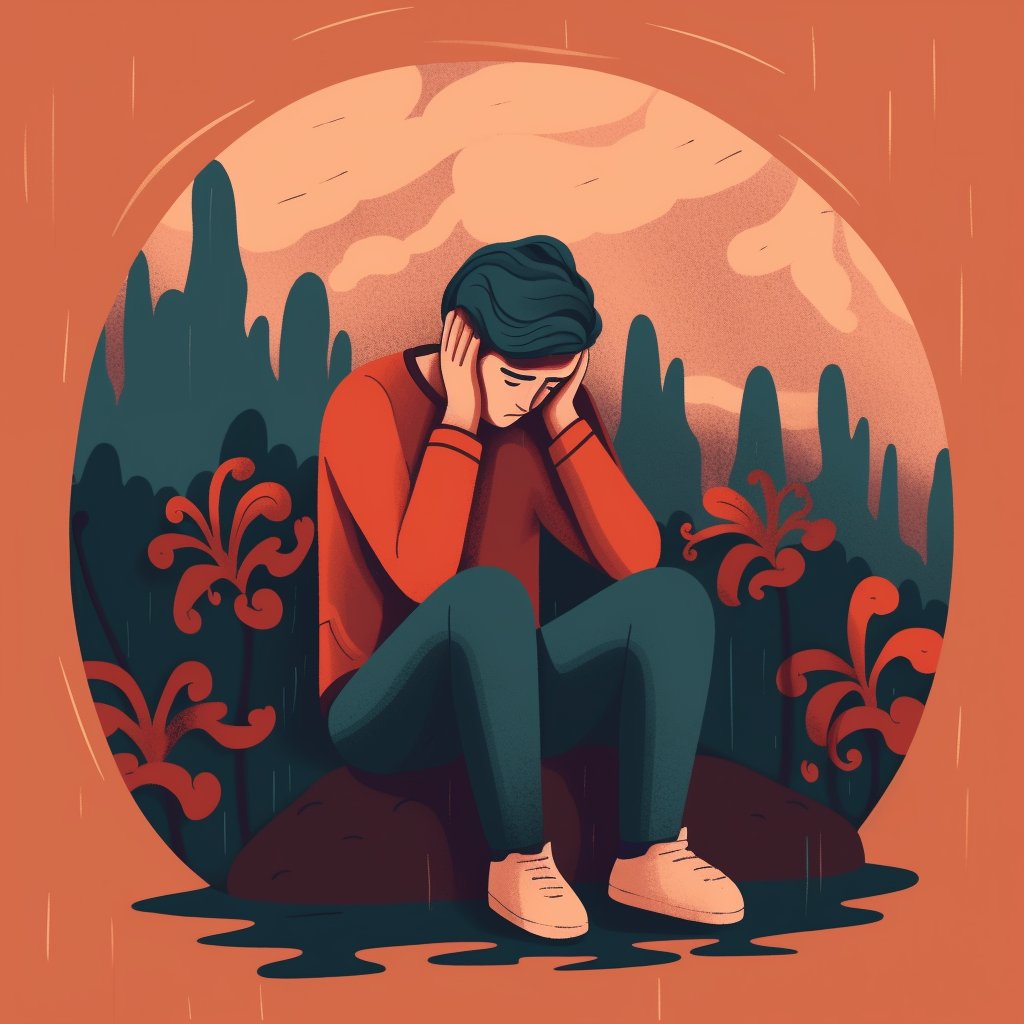Most Common Mental Health Disorders in Childhood and Adolescence: Causes and Treatment

Mental health is crucial for children and adolescents as it affects their cognitive, emotional, and social development. Mental health disorders can lead to impaired academic performance, social isolation, and an increased risk of substance abuse, self-harm, and suicide.
According to the National Institute of Mental Health (NIMH), one in six children aged 6 to 17 has a mental health disorder. Anxiety disorders and attention-deficit/hyperactivity disorder (ADHD) are the most prevalent, followed by behavior disorders, mood disorders, and autism spectrum disorder (ASD). In adolescents aged 13 to 18 years, an estimated 50% will have experienced at least one mental health disorder in their lifetime. These statistics highlight the urgent need to address mental health disorders in childhood and adolescence.
Most Common Mental Health Disorders in Childhood
Mental health disorders in children may include the following:

Anxiety Disorders
Anxiety disorders are the most common mental health disorder in childhood, with a prevalence rate of around 7% in children aged 3 to 17 years (CDC, 2020). Anxiety disorders include generalized anxiety disorder, separation anxiety disorder, and specific phobias. Children with anxiety disorders may experience excessive worry and fear that can interfere with their daily activities. Family-based cognitive-behavioral therapy has been found to be effective in treating anxiety disorders in children (Walkup et al., 2008).
Attention-Deficit/Hyperactivity Disorder (ADHD)
ADHD affects around 9.4% of children aged 2 to 17 (CDC, 2020). Children with ADHD may have difficulty paying attention, staying organized, and controlling their impulses. Behavioral therapy, medication, or a combination of both can effectively manage symptoms of ADHD (MTA Cooperative Group, 1999).
Autism Spectrum Disorder (ASD)
ASD is a neurodevelopmental disorder that affects around 1 in 54 children in the US (CDC, 2020). Children with ASD have difficulties in social communication and interaction and may engage in repetitive behaviors or have restricted interests. Early intervention and behavioral therapy can help children with ASD develop communication and social skills (Dawson et al., 2010).
Depression
Depression is also the most common mental health disorder in childhood. Depression affects around 3.2% of children aged 3 to 17 (CDC, 2020). Children with depression may experience feelings of sadness, hopelessness, and worthlessness. Family-based cognitive-behavioral therapy and antidepressant medication can be effective in treating depression in children (Weisz et al., 2017).
Eating Disorders
Eating disorders are less common in children than in adolescents, but they can still occur. Anorexia nervosa, bulimia nervosa, and binge eating disorder are children’s most common eating disorders. Eating disorders can lead to severe physical and psychological consequences if left untreated. Family-based treatment has been found to be effective in treating eating disorders in children and adolescents (Lock et al., 2010).
Most Common Mental Health Disorders in Adolescence
Mental health disorders in adolescence may include the following:

Anxiety Disorders
Anxiety disorders are also the most common mental health disorder in adolescence, affecting around 31.9% of adolescents aged 13 to 18 (Merikangas et al., 2010). Anxiety disorders in adolescence can include generalized anxiety disorder, social anxiety disorder, panic disorder, and obsessive-compulsive disorder. Cognitive-behavioral therapy and medication can be effective treatments for anxiety disorders in adolescents (Piacentini et al., 2014).
Depression
Depression is another prevalent mental health disorder in adolescence, with a lifetime prevalence of around 11% in adolescents (Merikangas et al., 2010). Symptoms of depression in adolescents can include low mood, irritability, and loss of interest in activities. Cognitive-behavioral therapy, interpersonal therapy, and antidepressant medication can be effective treatments for depression in adolescents (Brent et al., 2008).
Bipolar Disorder
Bipolar disorder, which is characterized by episodes of depression and manic or hypomanic episodes, affects around 2.9% of adolescents (Merikangas et al., 2010). Bipolar disorder can be challenging to diagnose in adolescents, but early diagnosis and treatment can improve outcomes. Medication and psychotherapy can be effective treatments for bipolar disorder in adolescents (Pavuluri et al., 2013).
Substance Use Disorder
Substance use disorders, including alcohol and drug use disorders, are also prevalent in adolescence. Around 7.7% of adolescents aged 12 to 17 have a substance use disorder (SAMHSA, 2021). Substance use disorders can significantly impair social, academic, and occupational functioning. Behavioral therapy and medication can be effective treatments for substance use disorders in adolescents (Substance Abuse and Mental Health Services Administration, 2021).
Eating Disorders
Eating disorders are also prevalent in adolescence, with an estimated 1% to 4% of adolescents affected by anorexia nervosa or bulimia nervosa (Hudson et al., 2007). Eating disorders can lead to serious medical complications and require comprehensive treatment, including medical management, psychotherapy, and nutritional counseling (Lock et al., 2010).
Causes of Mental Health Disorders in Childhood and Adolescence
Most common mental health disorders in childhood and adolescence arise from a complex interaction of biological, environmental, and psychological factors. Research suggests that genetic, neurobiological, and hormonal factors contribute to this population’s development of mental health disorders.

Biological factors such as genetic susceptibility and neurobiological differences can increase the risk of developing the most common mental health disorders in childhood and adolescence. For example, studies have found that individuals with a family history of anxiety disorders or depression are more likely to develop these disorders themselves (Rice et al., 2018). Other studies have shown that imbalances in brain chemicals such as serotonin and dopamine can contribute to the development of mental health disorders in this population (National Institute of Mental Health, 2018).
Environmental factors such as early life stress, trauma, and adverse childhood experiences (ACEs) have also been linked to the development of mental health disorders in childhood and adolescence (Anda et al., 2006). For example, studies have found that children who experience neglect or abuse are at increased risk for developing anxiety disorders, depression, and post-traumatic stress disorder (PTSD) (Kessler et al., 2010).
Psychological factors such as poor coping skills, negative thinking patterns, and low self-esteem can also contribute to the development of mental health disorders in childhood and adolescence (Weisz et al., 2017). For example, studies have found that adolescents with low self-esteem are more likely to develop depression and anxiety disorders (Fergusson et al., 2005).
Early Detection and Treatment of Mental Health Disorders in Childhood and Adolescence

Early detection and treatment of the most common mental health disorders in adolescence and childhood are essential to prevent the long-term negative impact of these conditions on individuals’ lives. Research has shown that early intervention can lead to better outcomes for children and adolescents with mental health disorders.
Importance of early detection
Early detection of mental health disorders is critical because it can prevent the progression of the disorder and the development of related problems. Many mental health disorders have their onset in childhood or adolescence, and early detection can ensure that the child receives the necessary treatment before the disorder becomes severe. Children and adolescents with untreated mental health disorders are at a higher risk of academic failure, substance abuse, and suicide.
Available treatment options
Several evidence-based treatments are available for the most common mental health disorders in childhood and adolescence, including anxiety disorders, depression, ADHD, and eating disorders. These treatments may include medication, psychotherapy, or a combination of both. For example, cognitive-behavioral therapy (CBT) has been shown to be effective in treating anxiety disorders and depression in children and adolescents. Medications such as stimulants and antidepressants can also be used to treat mental health disorders in this age group.
Strategies for coping with mental health disorders
In addition to formal treatment, there are several strategies that children and adolescents can use to cope with mental health disorders. These strategies include exercise, relaxation techniques, journaling, and social support. Engaging in regular physical activity has been shown to have a positive impact on mental health in children and adolescents. Relaxation techniques such as deep breathing, meditation, and progressive muscle relaxation can also help manage symptoms of anxiety and depression.
Regular exercise can positively impact mental health and can be a great way for children and adolescents to manage stress and anxiety. Positive relationships with peers, family members, and other supportive adults can help protect against mental health disorders and provide a source of emotional support. Excessive screen time can negatively impact mental health, so it is important to encourage healthy limits on screen time and promote alternative activities, such as outdoor play and socializing with peers. Mindfulness practices like meditation and deep breathing can help reduce stress and anxiety and promote overall mental health. Encourage children and adolescents to seek support when needed and let them know that it is okay to ask for help. This can include talking to a trusted adult, reaching out to a mental health professional, or utilizing resources such as hotlines or online support groups.
HealWiser’s Last Piece of Advice
Mental health disorders are prevalent in childhood and adolescence, and the most common disorders include anxiety, ADHD, depression, bipolar disorder, substance use disorder, and eating disorders. Early detection and treatment are crucial for optimal outcomes, and parents, educators, and healthcare professionals all play a critical role in promoting mental health in this age group.
Parents need to be aware of the signs and symptoms of mental health disorders and seek professional help if necessary. Educators and school staff should also be trained to recognize these signs and provide support to students who may be struggling. Finally, healthcare professionals should prioritize mental health in their practices and work with families to develop individualized treatment plans.
Share your experience with HealWiser and others in the comments section below this post.






